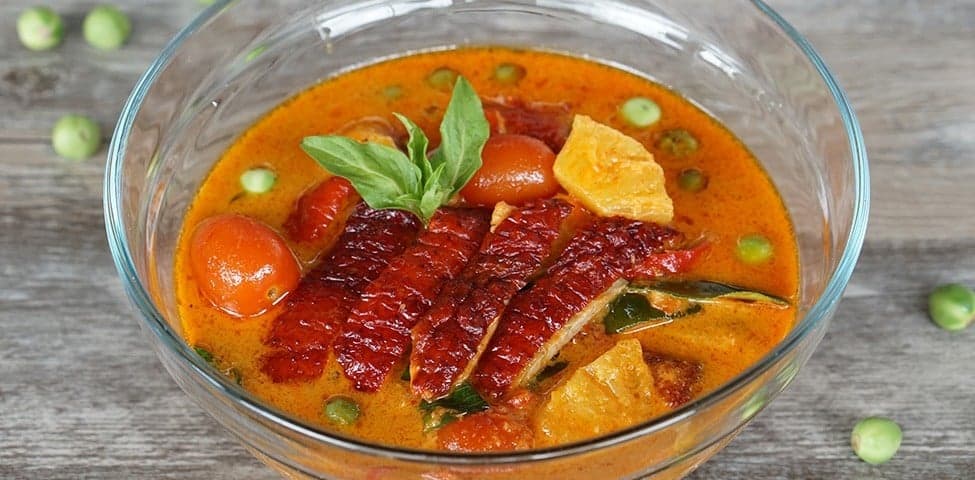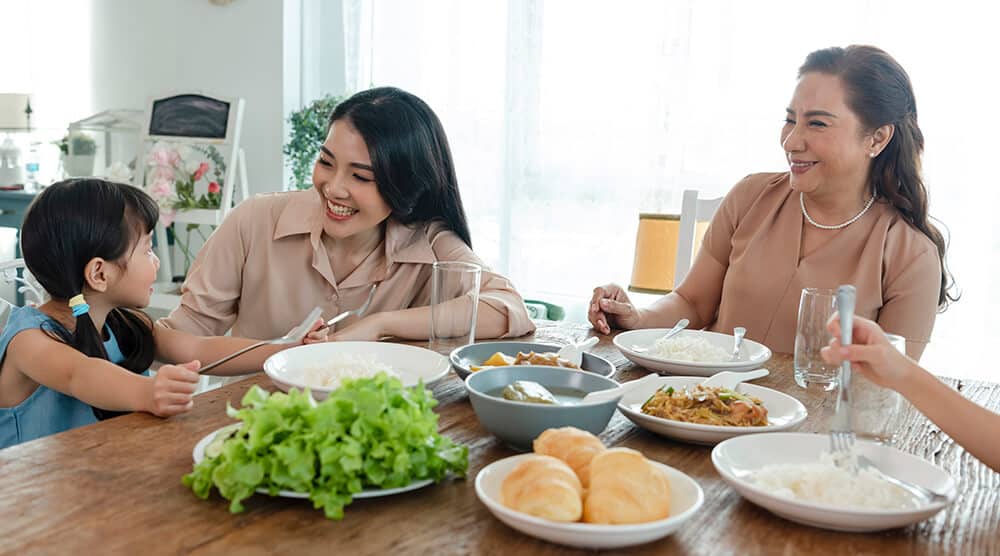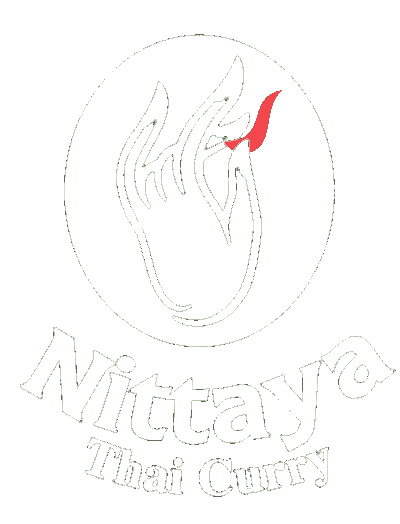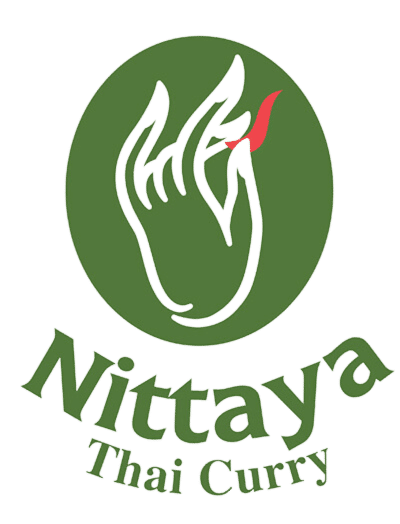Get To Know These Less-Well Known Thai Curries
Step beyond the usual and uncover the world of lesser-known Thai curries, each with its own distinctive flavor profile. From the smoky allure of grilled duck in spicy curry to the bold, earthy tones of jungle curry, these unique dishes reveal the remarkable adaptability of red curry paste.
Table of Contents

1. Grilled Duck in Spicy Curry (Gaeng Phed Ped Yang)
Have you ever tried the grilled duck in spicy curry? Also known as Gaeng phed ped yang (แกงเผ็ดเป็ดย่าง), this dish is prepared with juicy grilled duck, combined with the tropical zing of pineapple and tomatoes, all swimming in a pool of rich, creamy coconut milk.
The heart of this dish lies in its red curry base. We’re talking about a fiery red curry paste here, loaded with dried red chilies, garlic, lemongrass, galangal, and a bunch of other spices that pack a flavorful punch. This isn’t just your regular curry; it’s a fragrant, spicy foundation that sets the stage for the entire dish.
However, despite its heat, the curry is mellowed down by the coconut milk. It’s like a creamy hug for your taste buds, balancing out the spiciness with its sweet, soothing touch. And let’s not forget the grilled duck. It brings in a smoky element that just ties everything together beautifully.
Finally, we’ve got pineapple and tomatoes in the mix. They do more than just sit pretty; they bring a sweet and tangy contrast that perfectly balances the rich duck and the fiery curry. It’s not unusual to find fruits in Thai curries, but this particular combo with grilled duck? That’s something special.
You might not stumble upon gaeng phed ped yang as easily as you would a green or red curry in your local Thai restaurant. This dish is more of a specialty, often featured in upscale Thai restaurants or places that pride themselves on a diverse Thai menu. It’s like the hidden gem of Thai curries, waiting for you to discover its unique blend of flavors.

2. Pineapple Curry (Kaeng Kua Sapparod)
Now, let’s talk about kaeng kua sapparod (แกงคั่วสับปะรด). This classic Thai curry is all about making the pineapple the star of the show. Literally translating to pineapple curry, it’s a dish that knows how to make an entrance with its bold and bright flavors.
Just like gaeng phed ped yang, kaeng kua sapparod also gets its kick from a red curry base. But don’t let that fool you – this curry has its own unique character. It’s the perfect illustration of how Thai cuisine plays around with flavors. Imagine this: sweet, tangy pineapple dancing with savory meat, all wrapped up in a creamy, rich coconut milk embrace. It’s a flavor combo that might just surprise you with its delightful complexity.
The pineapple brings a subtle acidity to the table, slicing through the richness of the coconut milk and savory goodness, lighting up the whole dish with a fresh, zesty zing. When it comes to the protein in this curry, there’s room for creativity. While pork belly is a popular choice, shrimp and chicken will also work well – each option bringing its own unique flair to the dish.
3. Chu Chi Curry
Next, let’s turn our attention to chu chi curry (แกงฉู่ฉี่). This one’s a bit of a mystery, as its name doesn’t directly translate into English. Instead, it’s all about the sound and rhythm of the Thai language. The name is thought to come from the sounds you hear while cooking it – the gentle simmering and sizzling as the curry paste dances in the coconut cream.
Coconut milk plays a starring role in chu chi curry, adding a creamy, rich dimension that perfectly balances the robust flavors of the red curry paste. This delightful combination of coconut milk with aromatic spices creates a lush, velvety base that’s simply irresistible.
While many Thai curries go the chicken, beef, or pork route, chu chi curry traditionally stars fish, commonly the firm-fleshed types like salmon or mackerel. These kinds of fish are ideal for soaking up the rich, spicy, and creamy flavors of the curry. The blend of the curry’s heat and spice, combined with the sweetness of the coconut milk, makes every bite a harmonious symphony of tastes.
Chu chi curry is more than just a dish; it’s a celebration of Thai cuisine’s depth and complexity. Whether served as a comforting bowl of goodness or a fancy gourmet treat, it adapts beautifully to any setting. Its versatility lies in its ability to marry the robustness of the curry spices with the creamy, soothing nature of coconut milk, making it a beloved choice for both traditional and modern Thai food enthusiasts.
4. Jungle Curry (Gaeng Pa)
Venturing deeper into the world of Thai curries, we come across gaeng pa (แกงป่า), known as jungle curry. This one’s a bit of a wild card, quite literally. Unlike its creamy cousins that rely on coconut milk, gaeng pa is a more broth-like curry, bold and brimming with flavors that take you straight to the heart of the Thai jungle.
One ingredient really sets gaeng pa apart – “grachai” (กระชาย), also known as fingerroot. This is quite different from your garden-variety ginger or galangal. Grachai brings its own unique aroma and flavor to the table – a fresh, peppery zing with a slightly herbal undertone. It’s this distinct taste that gives gaeng pa its characteristic earthy and spicy profile, a taste as untamed as the forests it hails from.
Historically, the roots of this dish trace back to a time when it was mainly prepared with wild boar or game meat, reflecting its rustic origins. Nowadays, though, you’re more likely to find it with chicken, pork, or fish, but the essence of the jungle still permeates every spoonful.
Gaeng pa is an adventure in a bowl, a curry that speaks of the rugged terrain and the rich culinary traditions of Thailand. It’s a must-try for anyone looking to explore the less-trodden paths of Thai cuisine.



